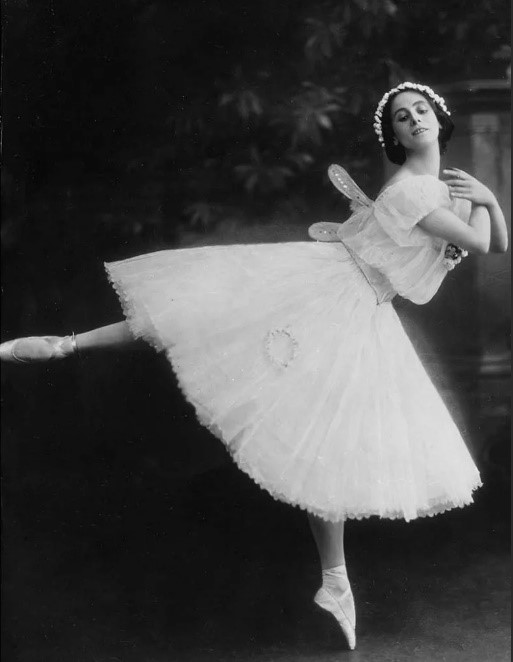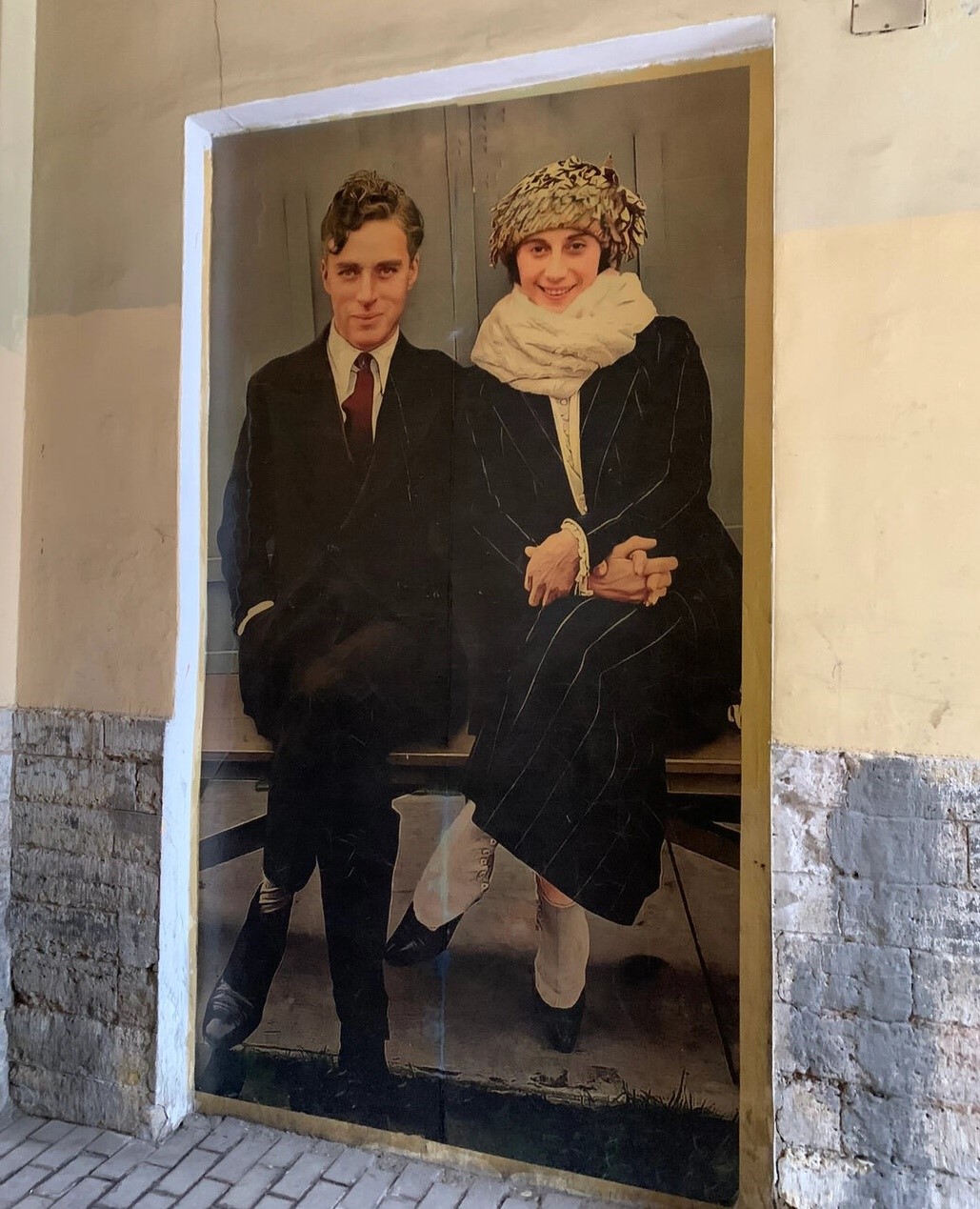Anna Pavlova
February 12, 1881 – Anna Pavlova, a great Russian dancer, a model of not just Russian, but world art of ballet, was born in St. Petersburg.
“Madam,thankstoyouIunderstoodthatIhavewrittenabeautifulmusic”, that’s what she was told by Camille Saint-Saëns, an author of the music for “The Swan”, which became a chef-d’oeuvre when danced by Pavlova.

Further on you will read the reviews left by those, who were lucky to see Anna Pavlova on stage. Please, pay attention how often they thought they saw her hovering over the stage. It was truly so, her contemporaries said that Anna could fly!
“Pavlova is a cloud soaring over the ground, Pavlova is a flame, flaring up and dying out; she is an autumn leave, driven away by a blast of an icy wind…”
“Ever so supple, graceful, musical, with such an animated and expressive face, she excels in her amazing lightness. Her bright and diverse talent has blossomed ever so quickly”
“The pattern of her dance is impossible to repeat, because it has always been an improvisation”
“Pavlova has always been accompanied by success both in life and on stage. Her genius was indisputable. As soon as she came out on stage, everybody froze…”
“She is not dancing but hovering in the air…”
“It is the Muse Terpsichore herself reincarnated as the young dancer. Her every dance, every costume, every dance pose, every movement and every stop are all chef-d’oeuvres of lightness and beauty…”
“The secret of her superiority and distinction from all the other dancerswas in herself, in her own unique individuality. It was the nature that endowed her with some special and incomparable combinations.”
“The Swan” performed by Pavlova proved that a dance could and had to not only please the eye, but also penetrate the soul. Her dance, impressionistic by its nature, was like music that came alive in her supple movements. Creating poetic images, Pavlova’s dancewas spiritualized and sublime, and thus it could not be either repeated or copied.The secret of her success was not in the way she performed all the pas, but in the emotional content and spiritualityof her dance.
“I saw a fairy once. Her name was Anna Pavlova…”
“Each time she danced, her art was being born and was dying with her –one has to be Pavlova to dance like Pavlova…”
“Secret of my popularity is in the sincerity of my art”, said Anna Pavlova.
If you walk from the Catherine Art Hotel towards Italianskaya Street, you will see a beautiful graffiti of Anna Pavlova and Charlie Chaplin on one of the building walls. They were not just acquaintances, but friends. Chaplin helped Anna when her dances were recorded on tape. So, those few recordings of her performances, that have been preserved and that we can now see, appeared also thanks to the support by the great actor.

“We have so much in common, Anna! I am a tramp, you are Sylphide. Whoneedsus?That’swhytheydriveusaway”, saidChaplin.
“You ask me if I am homesick. Yes, awfully, my friend. I am so much homesick that I cannot sleep; I cry, have terrible headaches and give way to despair… Without hesitation I would give everything for a small country cottage, surrounded by our Russian grass and birch trees, somewhere near Moscow or Petrograd…” (Anna Pavlova: “On the Long Road” by Alexander Vertinsky)
Unfortunately, the great Russian ballet dancer was not destined to return to her motherland. Anna Pavlova died aged 49 while being on tour in the Hague. When talking to a journalist, sobbing Victor Dandré advised him that before her death Anna told him, “Bring me my costume of the Swan”, after that she said nothing more. The press liked thebeautiful legend about a dying swan– Russian balletdancer Anna Pavlova – and immediately spread it around. It was not surprising as it was Victor Dandré who was in charge of publicity, and he knew only too well what idle newsmen wanted. In fact,Anna Pavlova’s maid Marguerite Letienne and the doctors, who watched by the Pavlova’s bedside, used to tell that before passing away, Anna Pavlova cast a sidelong look at an expensive dress, which had been bought from a famous couturier right before the tour, and said, “I should have spent that money on my children”. Anna Pavlova did not have children of her own, she meant the orphans who lived in her mansion near London and who she provided for. Having said that, Anna Pavlova went unconscious and soon she died.
Her remains lie at rest in one of the cemeteries in London. And at London’sPalace Theatre, where Anna Pavlova often performed, they still do not sell one particular seat: this seat is for “Anna’s spirit”…
Very close to the Catherine Art Hotel, in No5 Italianskaya Street, there is Anna Pavlova’s Mirror room – the only museum of the legendary ballet dancer in St. Petersburg.
